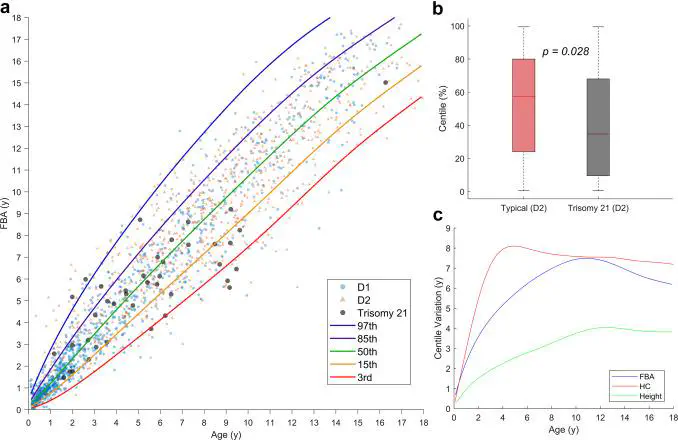New paper: A growth chart of brain function from infancy to adolescence based on EEG
EEG-based functional brain age is a biomarker for maturation across infancy, childhood, and adolescence

Kartik Iyer and Nathan Stevenson’s paper A growth chart of brain function from infancy to adolescence based on EEG is now published in eBioMedicine!
Authors: Kartik K Iyer, James A. Roberts, Michaela Waak, Simon J. Vogrin, Ajay Kevat, Jasneek Chawla, Leena M. Haataja, Leena Lauronen, Sampsa Vanhatalo, and Nathan J. Stevenson.
Summary:
Background
In children, objective, quantitative tools that determine functional neurodevelopment are scarce and rarely scalable for clinical use. Direct recordings of cortical activity using routinely acquired electroencephalography (EEG) offer reliable measures of brain function.
Methods
We developed and validated a measure of functional brain age (FBA) using a residual neural network-based interpretation of the paediatric EEG. In this cross-sectional study, we included 1056 children with typical development ranging in age from 1 month to 18 years. We analysed a 10- to 15-min segment of 18-channel EEG recorded during light sleep (N1 and N2 states).
Findings
The FBA had a weighted mean absolute error (wMAE) of 0.85 years (95% CI: 0.69–1.02; n = 1056). A two-channel version of the FBA had a wMAE of 1.51 years (95% CI: 1.30–1.73; n = 1056) and was validated on an independent set of EEG recordings (wMAE = 2.27 years, 95% CI: 1.90–2.65; n = 723). Group-level maturational delays were also detected in a small cohort of children with Trisomy 21 (Cohen’s d = 0.36, p = 0.028).
Interpretation
A FBA, based on EEG, is an accurate, practical and scalable automated tool to track brain function maturation throughout childhood with accuracy comparable to widely used physical growth charts.